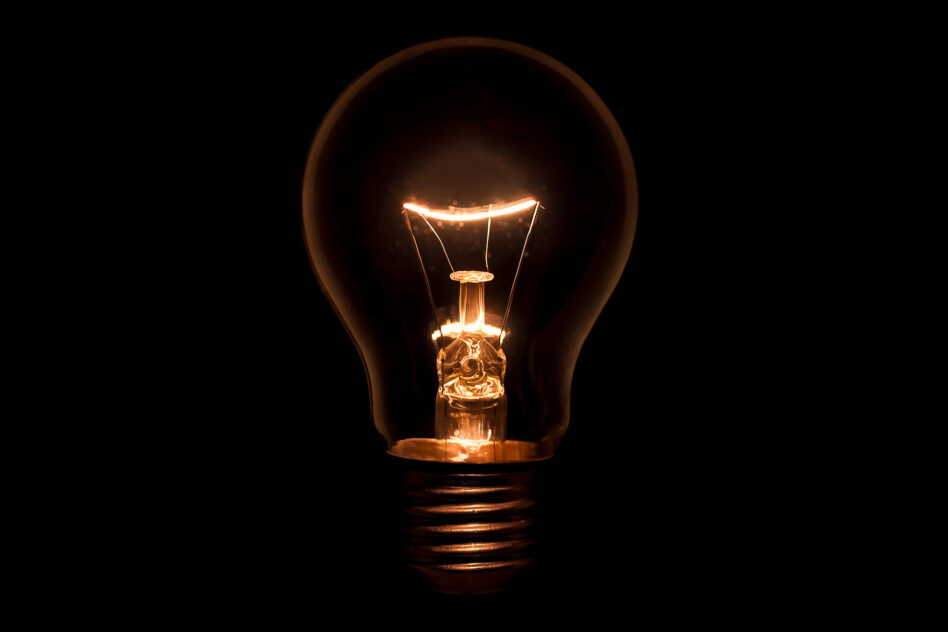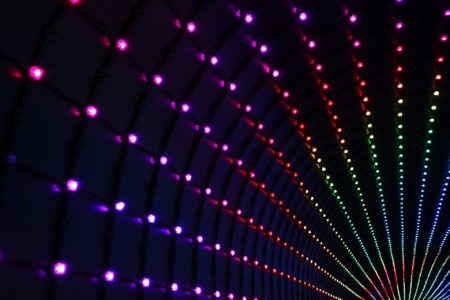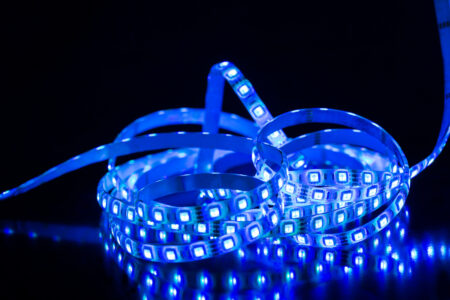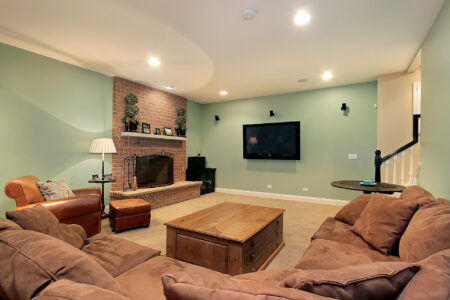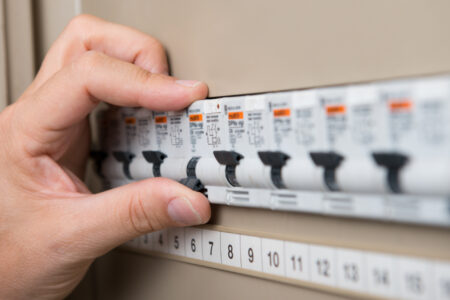If you’re looking for lighting products that can reduce your electric bill, you’ve come to the right place. In this post, we’ll look at the light bulbs with the lowest wattages, including some tips on how you can find them on Amazon. Let’s dive in.
What Is the Lowest Watt Light Bulb?
Incandescent lights used to be the standard bulbs in the lighting industry. However, the Biden administration has announced a new energy efficiency requirement.
Generally, the new standard will phase out incandescent bulbs that have wattages higher than 40 watts. In addition, the energy efficiency requirement encourages light bulbs that use less electricity.
Here are the types of bulbs with the lowest wattages:
Compact Fluorescent Light Bulbs
Incandescent lights use electricity to heat their filaments and make them glow. The bulbs take up a lot of energy to produce light because their thin filaments have electrical resistance.
On the other hand, CFLs produce less heat. Instead, fluorescent lights utilize a combination of transparent glass and phosphor. Once the materials become exposed to ultraviolet radiation, the bulbs light up.
In addition, CFLs don’t use a semiconductor to produce light. Fluorescent lights depend on the flow of electricity through a sealed gas located inside the bulb.
Here are some of the low-wattage light bulbs you can consider:
- PLT-26W 865, 4 Pin GX24q-3, 26 Watt Triple Tube
- 26 Watt CFL Light Bulbs
- 3 Watt Compact Fluorescent Bulb
- SLEEKLIGHTING – 13Watt GU24 Base 2 prong light bulbs
- JACKYLED UL-Listed 13w Gu24 CFL Light Bulb Low Profile
LED Light Bulbs
Light-Emitting Diodes, also called LEDs, are the most energy-saving bulbs on the market. The diodes use less electricity than most lighting products, such as fluorescent lights.
Additionally, the light bulbs don’t need to heat separate light-generating loads, like gasses and metals. This is mostly the case with other competing lighting products that use filaments.
Instead, the semiconductors located inside the LED bulbs serve as junctions that filter electricity and emit visible light immediately.
LEDs are also known for their longevity. In fact, LEDs have an average lifespan of 25,000 hours, whereas CFLs have only 8,000 hours.
Some of the best choices of LEDs online are:
- 1000W Equivalent LED Corn Light Bulb
- Brothlaw 25-Watt Equivalent Light Bulbs
- LED Bulb 3W 25 Watt Equivalent Light Bulbs
- DEWENWILS Dimmable A19 LED Light Bulb
How to Find the Lowest Watt Light Bulb on Amazon
The online market offers quite a few lighting products, so how do you pinpoint the right product for your needs?
Here’s how you can find the lowest-watt light bulb on Amazon:
Tip #1: Use the Filter Option
You can simply type in ‘lowest watt light bulb’ on Amazon’s search engine, then you can sort the results by clicking on the filter option.
Next, select ‘CFL bulbs’ or ‘LED bulbs.’
Alternatively, you can navigate to the filter menu again and select the number of wattages. This way, you can sort the results through their wattages.
Tip #2: Check Out Amazon’s Bestseller List
The fastest way to find low-wattage light bulbs is by checking Amazon’s bestseller list.
The page will show you a wide range of light bulb products, alongside their wattages and other information, like lumens (brightness) and color temperature.
Next, compare the products to help you narrow down your choices.
Tip #3: Keep in Mind That Lumen and Wattage Aren’t the Same
When browsing for low-wattage light bulbs, it might be confusing what wattage and lumens mean.
Generally, lumens are the level of brightness that light bulbs can emit. On the other hand, wattage is the electrical energy that bulbs require to produce light.
Before the production of LEDs and CFLs in the industry, consumers used to buy light bulbs based on their wattage alone.
This is because old fashion lighting technology, like incandescent lights, emits the same number of lumens or brightness as the wattages. Hence, consumers who want brighter light bulbs choose the ones with more watts.
However, LEDs and CFLs today bring us more cost-effective choices because they can produce the same level of brightness using less electricity.
For instance, 10-watt LED bulbs can generate the same lumens or brightness as 42-watt halogen light bulbs.
Tip #4: Skim the Product Details
As a beginner, you might easily turn away from products with labels that read ‘60-watt LED equivalent.’ However, it doesn’t mean that the bulb requires 60 wattages to produce light.
The labels only mean that the lighting products can emit the same visible light as 60-watt incandescent light bulbs.
In fact, some 23-watt LEDs can generate lumens up to 2500 while 60-watt incandescent bulbs only have 850 lumens.
What You Should Know Before Buying CFL and LED Bulbs
Although LED and CFLs are the best choices for low-wattage light bulbs, you need to consider a few things before making your purchase.
Here’s what you should know about LEDs and CFLs:
LEDs and CFLs Come in Different Color Temperatures
When choosing the right bulbs for you, it’s worth noting that LEDs and fluorescent lights put out a wide range of colors.
Usually, the bulbs have two common colors: bright light and warm light.
Usually, the bright light gives off a whiter and brighter color. On the other hand, the warm light has a candle-like glow or a yellowish hue.
Basically, the Kelvin measurement represents the color temperature. The lower the number of Kelvin, the more yellowish the light is. In contrast, if Kelvin has a higher number, the whiter and brighter the light appears.
For instance, light bulbs with Kelvins above 3,300K can emit brighter light. Therefore, you should consider the color temperature you want for your home before making a decision.
Some CFLs and LEDs Aren’t Compatible With Dimmer Switches
Usually, dimmed light bulbs use less energy compared to the same bulbs that are running at full brightness. So, it might tempt you to opt for dimmable light bulbs.
Besides that, dimmable bulbs create a cozier ambiance inside your home, which is perfect for when you’re trying to relax after a tiring day at work!
Unfortunately, some LEDs and CFLs might not be compatible with your dimmer switches. The main reason is that most homes with existing dimmers are designed for incandescent lights.
Although some light bulbs are dimmable LEDs, you might need to replace your switches.
You can also look for compatible LEDs. However, they might cost a little more compared to non-dimmable bulbs.
In addition, CFLs need dimmer switches that are designed for them. In some cases, the bulbs require separate ballast to work successfully.
Without compatible dimmer switches, the light bulbs might burn out quickly. Even worse, the dimmers might shorten the bulbs’ designated lifespan.
Not All LEDs and CFLs Are Suitable for Airtight Light Fixtures
CFLs and LEDs produce less heat than incandescent light bulbs. However, CFL and LED bulbs are more vulnerable to overheating. This is why it’s not a good idea to put them in enclosed light fixtures.
For example, light bulbs like LEDs, have heat sinks in the base. The main function of heat sinks is to dissipate heat into the air.
However, the light bulbs won’t be able to dissolve heat if you place them in an airtight fixture. Worse, they can overheat!
Overheating can affect the bulb’s functions. It might even cause the lightbulbs to fizzle ahead of their time.
